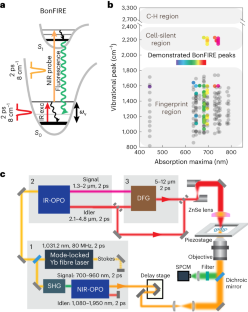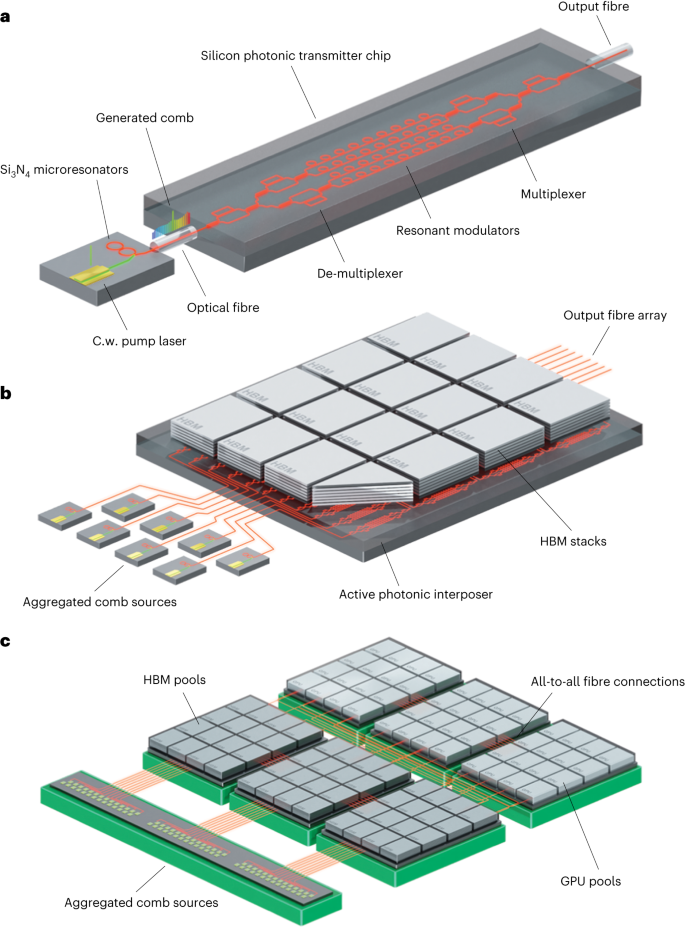2023-06-28 カリフォルニア大学バークレー校(UCB)

Artist’s interpretation of an array of pulsars being affected by gravitational ripples produced by a supermassive black hole binary in a distant galaxy. (Image credit: Aurore Simonnet, NANOGrav collaboration)
◆この発見は、低周波の重力波に関する重要な証拠であり、これまでにないほどの感度を持つ新たな重力波観測の可能性を示しています。研究チームは、これらの重力波の発生源として超巨大ブラックホールのバイナリ(双子)システムを提案しており、今後の研究でその確証を得ることを目指しています。
<関連情報>
- https://news.berkeley.edu/2023/06/28/after-15-years-pulsar-timing-yields-evidence-of-cosmic-gravitational-wave-background/
- https://arxiv.org/abs/2306.16220
NANOGravの15年間のデータセット: 重力波背景から見た超巨大ブラックホール・バイナリーの制約
The NANOGrav 15-year Data Set: Constraints on Supermassive Black Hole Binaries from the Gravitational Wave Background
Gabriella Agazie, Akash Anumarlapudi, Anne M. Archibald, Paul T. Baker, Bence Bécsy, Laura Blecha, Alexander Bonilla, Adam Brazier, Paul R. Brook, Sarah Burke-Spolaor, Rand Burnette, Robin Case, J. Andrew Casey-Clyde, Maria Charisi, Shami Chatterjee, Katerina Chatziioannou, Belinda D. Cheeseboro, Siyuan Chen, Tyler Cohen, James M. Cordes, Neil J. Cornish, Fronefield Crawford, H. Thankful Cromartie, Kathryn Crowter, Curt J. Cutler, Daniel J. D’Orazio, Megan E. DeCesar, Dallas DeGan, Paul B. Demorest, Heling Deng, Timothy Dolch, Brendan Drachler, Elizabeth C. Ferrara, William Fiore, Emmanuel Fonseca, Gabriel E. Freedman, Emiko Gardiner, Nate Garver-Daniels, Peter A. Gentile, Kyle A. Gersbach, Joseph Glaser, Deborah C. Good, Kayhan Gültekin, Jeffrey S. Hazboun, Sophie Hourihane, Kristina Islo, Ross J. Jennings, Aaron Johnson, Megan L. Jones, Andrew R. Kaiser, David L. Kaplan, Luke Zoltan Kelley, Matthew Kerr, Joey S. Key, Nima Laal, Michael T. Lam, William G. Lamb, T. Joseph W. Lazio, Natalia Lewandowska, Tyson B. Littenberg, Tingting Liu, Jing Luo, Ryan S. Lynch, Chung-Pei Ma, Dustin R. Madison, Alexander McEwen, James W. McKee, Maura A. McLaughlin, Natasha McMann, Bradley W. Meyers, Patrick M. Meyers, Chiara M. F. Mingarelli, Andrea Mitridate, Priyamvada Natarajan, Cherry Ng, David J. Nice, Stella Koch Ocker, Ken D. Olum, Timothy T. Pennucci, Benetge B. P. Perera, Polina Petrov, Nihan S. Pol, Henri A. Radovan, Scott M. Ransom, Paul S. Ray, Joseph D. Romano, Jessie C. Runnoe, Shashwat C. Sardesai, Ann Schmiedekamp, Carl Schmiedekamp, Kai Schmitz, Levi Schult, Brent J. Shapiro-Albert, Xavier Siemens, Joseph Simon, Magdalena S. Siwek, Ingrid H. Stairs, Daniel R. Stinebring, Kevin Stovall, Jerry P. Sun et al. (14 additional authors not shown)
arXiv Submitted on :28 Jun 2023
DOI: https://doi.org/10.48550/arXiv.2306.16220
The NANOGrav 15-year data set shows evidence for the presence of a low-frequency gravitational-wave background (GWB). While many physical processes can source such low-frequency gravitational waves, here we analyze the signal as coming from a population of supermassive black hole (SMBH) binaries distributed throughout the Universe. We show that astrophysically motivated models of SMBH binary populations are able to reproduce both the amplitude and shape of the observed low-frequency gravitational-wave spectrum. While multiple model variations are able to reproduce the GWB spectrum at our current measurement precision, our results highlight the importance of accurately modeling binary evolution for producing realistic GWB spectra. Additionally, while reasonable parameters are able to reproduce the 15-year observations, the implied GWB amplitude necessitates either a large number of parameters to be at the edges of expected values, or a small number of parameters to be notably different from standard expectations. While we are not yet able to definitively establish the origin of the inferred GWB signal, the consistency of the signal with astrophysical expectations offers a tantalizing prospect for confirming that SMBH binaries are able to form, reach sub-parsec separations, and eventually coalesce. As the significance grows over time, higher-order features of the GWB spectrum will definitively determine the nature of the GWB and allow for novel constraints on SMBH populations.



